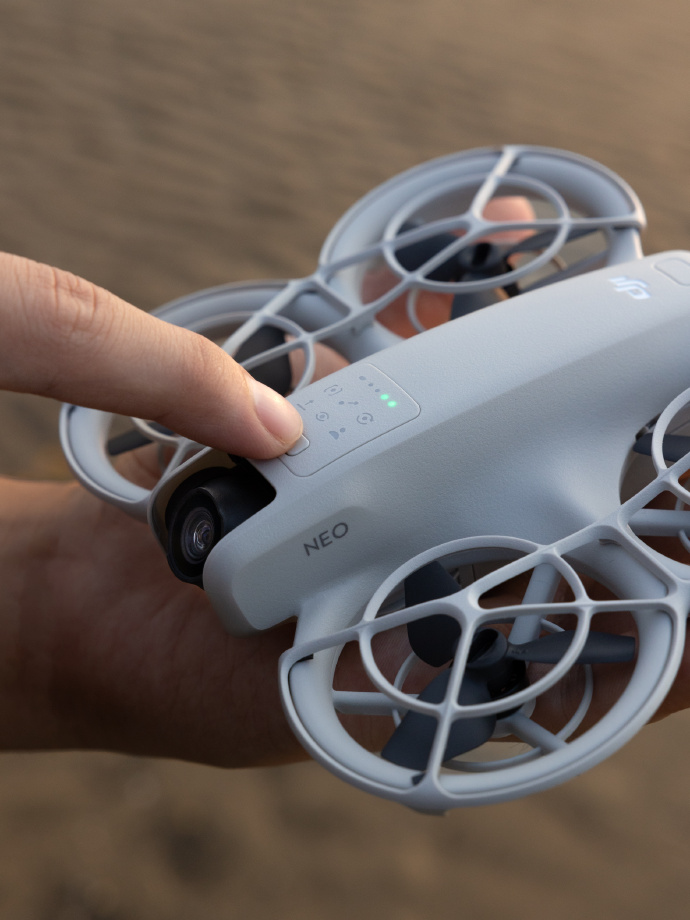Drones for humanity are rapidly transforming the landscape of global aid efforts, offering unprecedented opportunities to reach remote locations and provide essential services in times of crisis. With the advent of advanced drone technology, humanitarian organizations can now deliver medical supplies, food, and other vital resources to areas that were previously inaccessible due to natural disasters, conflict, or geographical challenges. As this technology continues to evolve, its impact on humanitarian aid is undeniably significant.
The Rise of Drones in Humanitarian Aid
Drone technology has come a long way from being a novelty to becoming an indispensable tool in humanitarian assistance. Traditionally, remote areas were often out of reach for aid organizations due to harsh terrain or logistical constraints. However, drones have bridged this gap by providing a cost-effective and efficient means of delivering aid directly to those in need. This capability is especially crucial in emergencies where time is of the essence, such as in the aftermath of earthquakes, tsunamis, and hurricanes.
One of the key advantages of using drones in humanitarian missions is their ability to fly over obstacles that would typically hinder ground or vehicle access. Drones can navigate through dense forests, mountainous regions, and flooded areas, ensuring that aid reaches affected populations swiftly. Moreover, drones can be equipped with cameras and sensors to assess damage, search for survivors, and aid in rescue operations, providing real-time data to humanitarian teams on the ground.
Innovative Applications of Drones
Drones for humanity are not solely limited to delivering aid. They are also utilized in innovative ways to enhance the effectiveness of humanitarian missions. For example, drones can be used for monitoring and surveillance purposes, allowing organizations to gather valuable information about the socio-political environment in conflict zones without risking human lives. This data can inform strategic planning and improve decision-making processes.
Drones are also increasingly used in environmental conservation projects, playing a crucial role in wildlife protection, forest monitoring, and anti-poaching efforts. By capturing high-resolution aerial images, drones enable conservationists to track endangered species, monitor illegal logging activities, and evaluate ecosystem health with greater efficacy.
The Future Implications of Drone Technology in Humanitarian Aid
As drone technology continues to evolve, its future implications in humanitarian aid are promising. Improvements in drone range, payload capacity, and autonomy could further enhance their utility in global aid efforts. Furthermore, advances in artificial intelligence may enable drones to perform tasks such as identifying the most efficient routes for delivery or assessing the needs of affected communities more accurately.
The integration of drones into humanitarian operations also raises important discussions regarding regulations, ethics, and safety. Ensuring that drones are used responsibly and ethically is paramount to maximizing their positive impact on society. This requires collaboration between governments, humanitarian organizations, and technology providers to develop guidelines and frameworks that govern the use of drones in aid missions.

FAQs: Drones in Humanitarian Aid
- How do drones improve disaster response times?
Drones significantly reduce response times by swiftly delivering essential supplies to areas inaccessible due to damaged infrastructure or challenging terrain. - Are drones cost-effective for humanitarian missions?
Yes, drones offer a cost-effective solution by minimizing transportation and logistics expenses compared to traditional ground or air transport. - What are the ethical considerations when using drones in humanitarian efforts?
Ethical considerations include ensuring privacy rights, minimizing potential harm to local populations, and maintaining transparent operations to build trust with affected communities.
In conclusion, drones for humanity are revolutionizing global aid efforts by offering innovative solutions to longstanding logistical challenges. As technology continues to advance, drones will undoubtedly play a vital role in shaping the future of humanitarian assistance, providing a robust and dynamic tool to improve the lives of those in need across the globe.